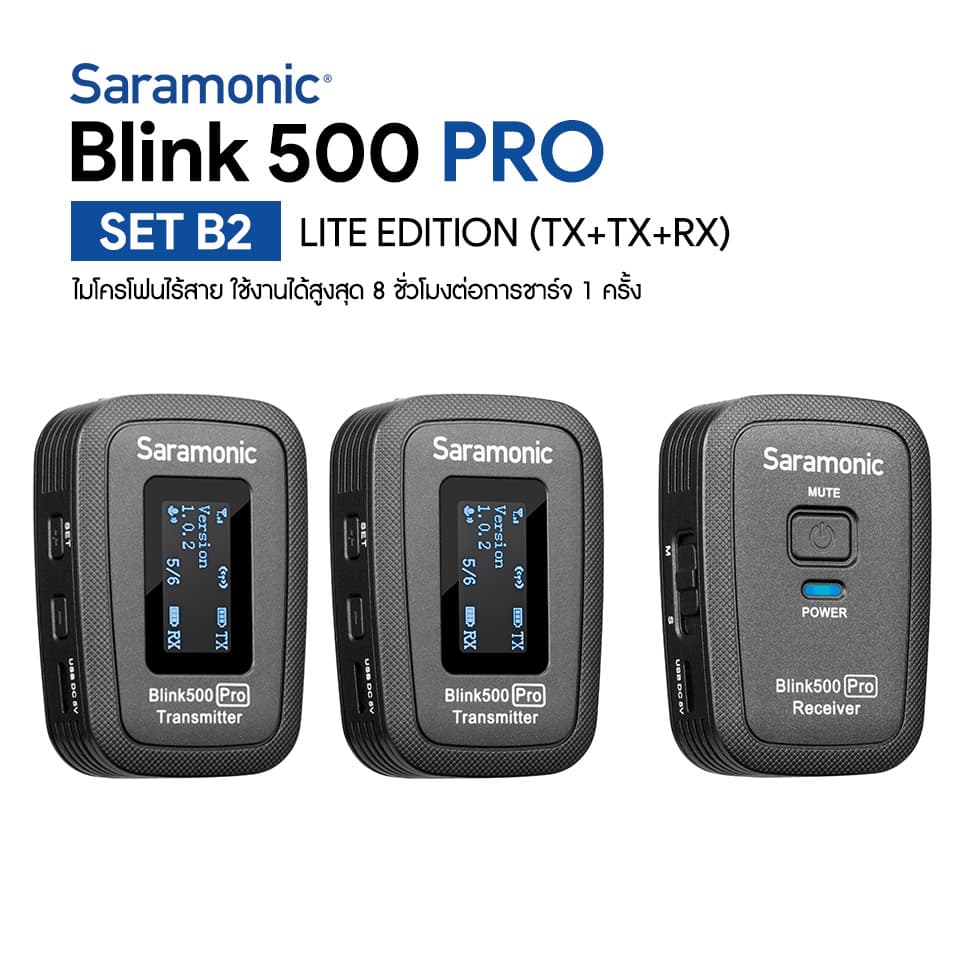
This is especially true for the U6-LR.įor the BeaconHD, the channels used and their width mirror the AP it’s uplinked to, and I used the UDM for this. In this extreme situation, a single gigabit uplink became a limiting factor. That said, I did manage to nearly match gigabit Ethernet speeds in my controlled scenario. Also, using 160 MHz channels reduce their 4 spatial streams down to two. There’s only 2 effective 160 MHz channels in 5 GHz, and they both intersect with DFS. I wouldn’t recommend using 160 MHz in a typical 5 GHz network. The other models do, so I tested them for comparison. The U6-Lite doesn’t support 160 MHz channels with the two firmware versions I tried. The Wi-Fi 5 models maxed out at a 867 Mbps data rate, while the U6-Lite and U6-LR top out at 1200 Mbps. Since I was using a 2 stream client, the extra spatial streams in the U6-LR, UDM, and AC-HD didn’t come into play besides possibly improving beamforming. In most cases, the throughput difference is more like 10-20%, and it’s mostly seen at close range. In this test you can see the impact of 1024-QAM and the longer symbol duration of WiFi 6, resulting in a theoretical 38% increase in data rates. Keep in mind that these numbers represent averages rather than exact measurements. You won’t necessarily see the same results on your network with your devices, but it should give you a general idea of expected performance. I went over these numbers multiple times, and I tried to make them as accurate as possible. In this chart and all the ones that follow, the numbers I’m showing are throughput in Mbps, averaged over five or more minute-long local iPerf TCP tests. I haven’t re-run these tests with that version yet. These same improvements are also mentioned on firmware version 5.60.1, which is the most current release candidate as of May 2021. I reverted back to the current stable firmware to avoid any beta issues impacting my results, but performance could improve with 5.53.1 and future versions. I don’t have a reliable and repeatable way to test multi-client performance, but perhaps there are benefits there. In my testing with a single 2x2 Wi-Fi 6 client at close range, performance didn’t change by a significant amount. The release notes for beta version 5.53.1 claimed that Wi-Fi 6 connectivity and stability under load was improved, so my first test was to compare them on the U6-Lite.

#Blink lite review full#
Before we get into performance, here’s the full list of their spec differences. The end result of all these differences is that the U6-LR should support more clients at once, deliver faster speeds to devices with support for 3 or 4 spatial streams, and cover more area than the U6-Lite. Ubiquiti isn’t the only manufacturer to pull this trick, but it’s still disappointing to see. You won’t see that extra 2.4 GHz performance on either of these models. Wi-Fi 5 only applied to the 5 GHz band, so Wi-Fi 6 is the first improvement we have seen to 2.4 GHz performance in over a decade. In the 2.4 GHz band, both models top out at MCS 7/64-QAM from Wi-Fi 4.

They both support Wi-Fi 6 on their 5 GHz radios, but their 2.4 GHz radios have not been upgraded to Wi-Fi 6. Neither of the Wi-Fi 6 models include a power adapter, so you’ll have to use them with a PoE switch or buy a PoE injector separately.

During early access the U6-LR was changed significantly, and the general release U6-LR was originally called the U6-Pro. The U6-LR is more of a replacement for the AC-Pro than the AC-LR, due to it’s higher price and higher specs. The UniFi 6 Lite is the same size as the nanoHD, and can use the nanoHD covers and recessed mounting bracket. The U6-LR is physically larger - the same size as the AC-HD. The Long Range also has addressable RGB lights and is partially dust and splash resistant, meaning it can be used in a protected outdoor area, like under a porch roof. The Long Range model has higher-gain antennas and higher transmit power, a more powerful processor, double the RAM, double the spatial streams, and requires PoE+. The WiFi 6 Lite and the WiFi 6 Long-Range have a few key differences.


 0 kommentar(er)
0 kommentar(er)
